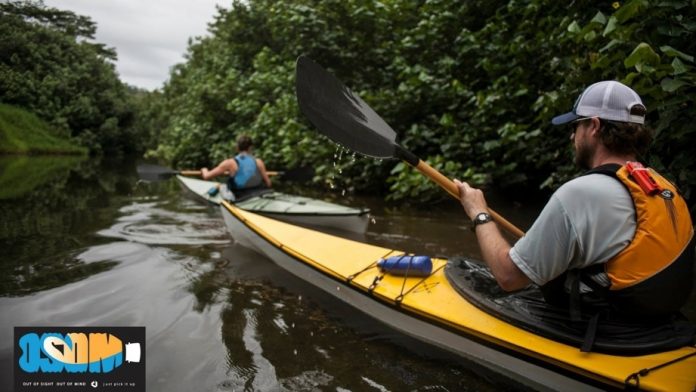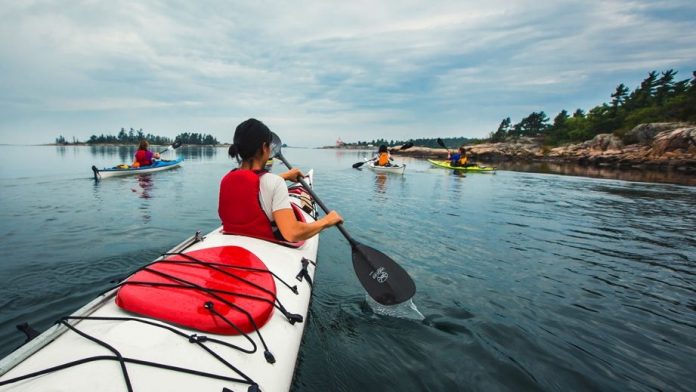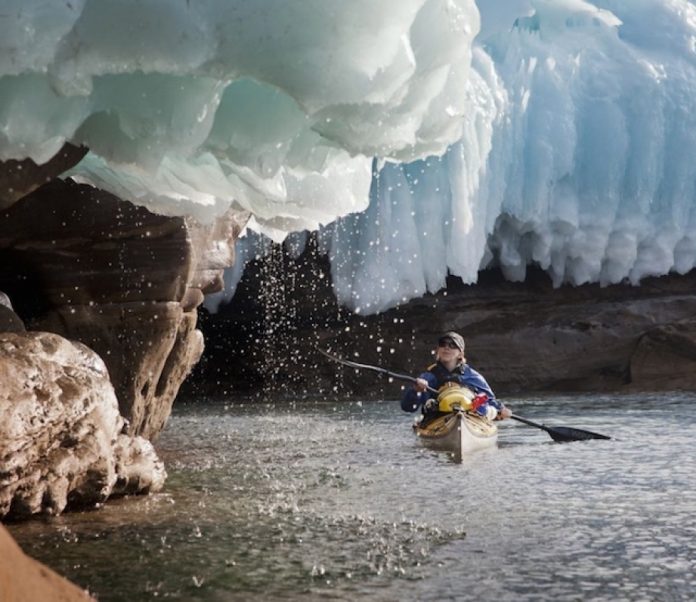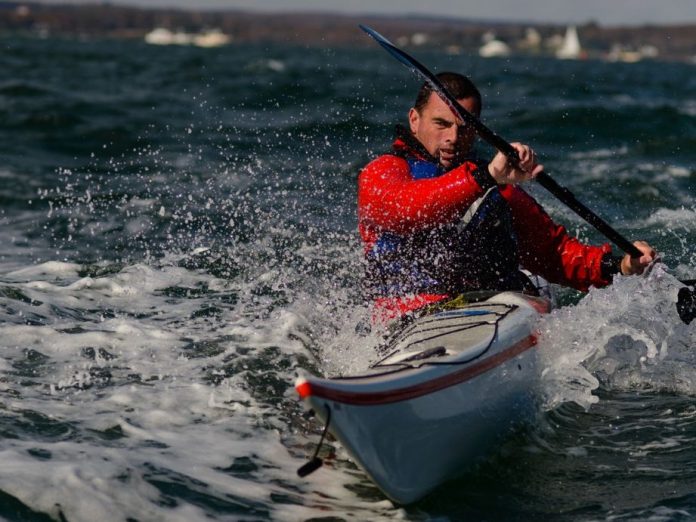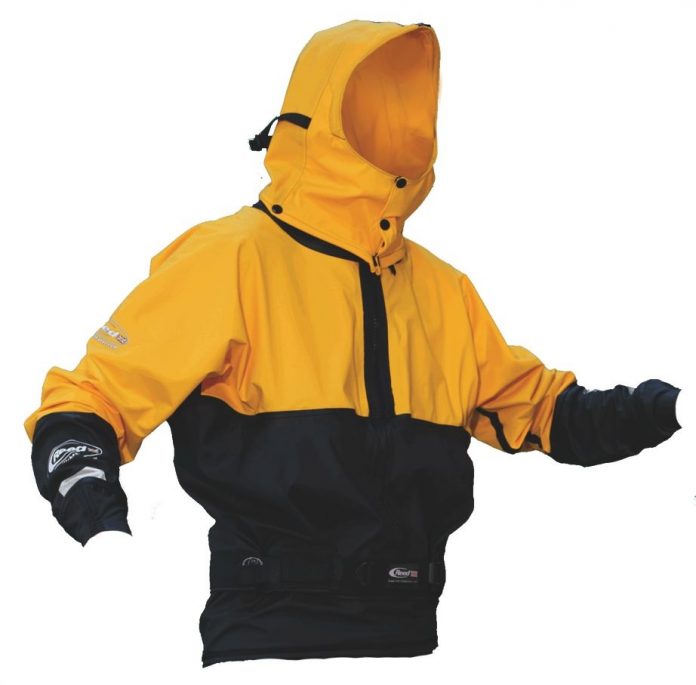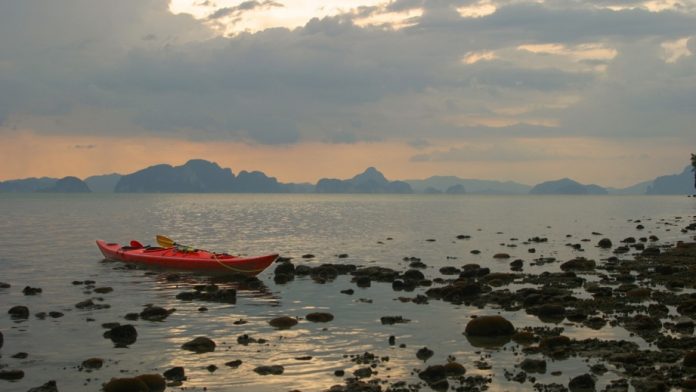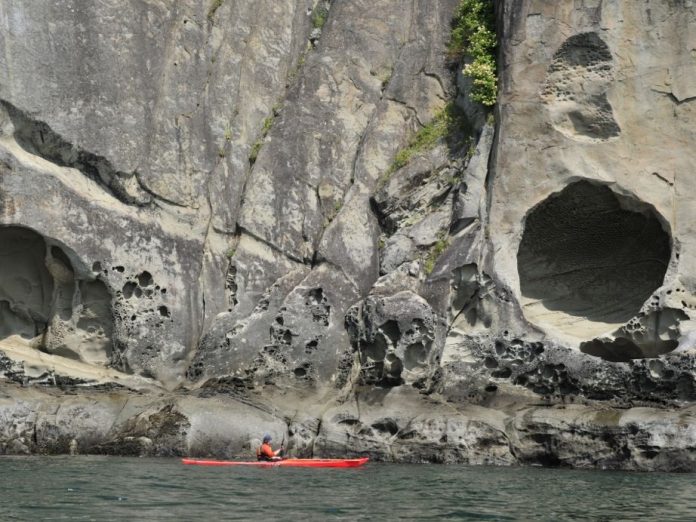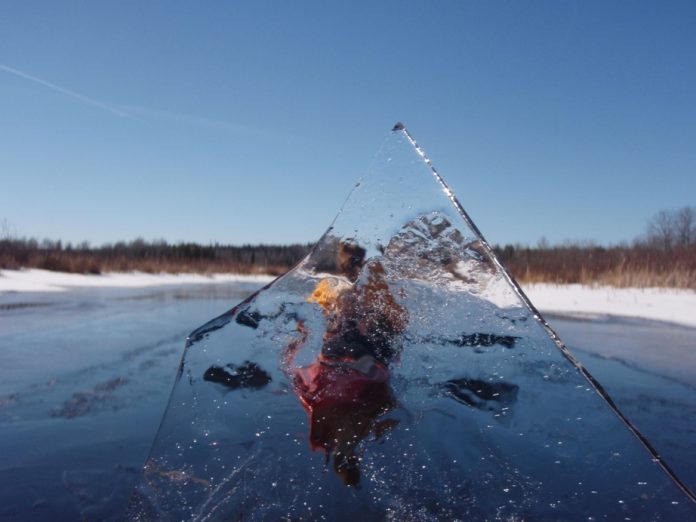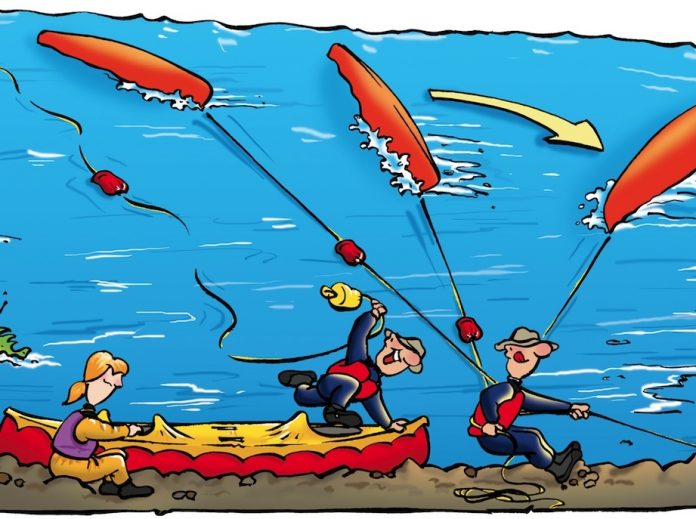“In the economic downturn we need to be creative to get business,” Harry Whelan smiles, “Anything quirky sells.”
Whelan, 43, manages a youth and community center in Central London on the tidal Thames, taking nine- to 19-year-olds out on the water for just £10 a year, and providing family therapy programs through kayaking.
But it’s the commercial arm of the center to which Whelan is referring. The money raised from his off-the-wall guided trips helps run the affordable community programs, or as Harry puts it, “The mad shit raises money for young people. It creates employment and helps buy equipment.”
Alongside predictable Discover London sightseeing tours, Whelan has dreamed up unusual crowd pleasers including a paddle to Putney for pizza, and speed dating in double kayaks where the paddlers swap seats every few miles. You can join a Valentine’s Day love float or don a Guinness hat, grab a green kayak and belt out raucous Irish songs during the St. Patrick’s Day “Paddle for Paddies.”
On a Rave River trip, paddlers are joined by DJ Splash, who dresses like Darth Vader and plays trance music from the front of a double kayak. “It’s the ultimate pre-club club,” says Whelan. The most recent offering is “kayak-aoke,” where Michael Jackson fans can sing along to Jacko classics while paddling speaker-equipped boats to a statue of the King of Pop.
The tidal Thames can be a challenging place to paddle, with a seven-meter tidal range, four-knot currents and busy boat traffic. But Whelan knows it like the back of his hand, which allows him to take out complete beginners.
“There is so much history here,” he enthuses, “If this is all I could ever do, paddle five miles upstream and back, that would be fantastic.”
Whelan is rarely serious, but on this point he is consistent. He is starting his third circumnavigation of his native Ireland this May. He’s also been around Britain and plans to go round again sometime in the future.
“You don’t need to go far away and waste jet fuel. All headlands are the same, a cliff is a cliff, a seagull is a seagull”, he quips. “Kayaking is very repetitive, you’re repeating what you do with every forward stroke. The variety comes from the different sea conditions—it’s never the same twice.”
Whelan also finds variety at home on the Thames. Before work, he often launches the Taran that he raced around Ireland in 2011 in a record 25 days. In the dark, he seeks out powerboats whose owners let him surf their wakes. He started off carving the wave behind the boat but has progressed to surfing parallel—his longest ride is about three miles.
Churning propellers inches from his kayak—or daunting funding challenges—don’t faze Whelan. “If you look at things in a different way,” he advises, “you will see opportunity.”
Justine Curgenven just released the fifth film in her hit kayaking series, This is the Sea.
This article originally appeared in Adventure Kayak, Spring 2013. To watch a preview of This is the Sea 5 featuring Harry Whelan, download our free iPad/iPhone/iPod Touch App or Android App or read it here.



